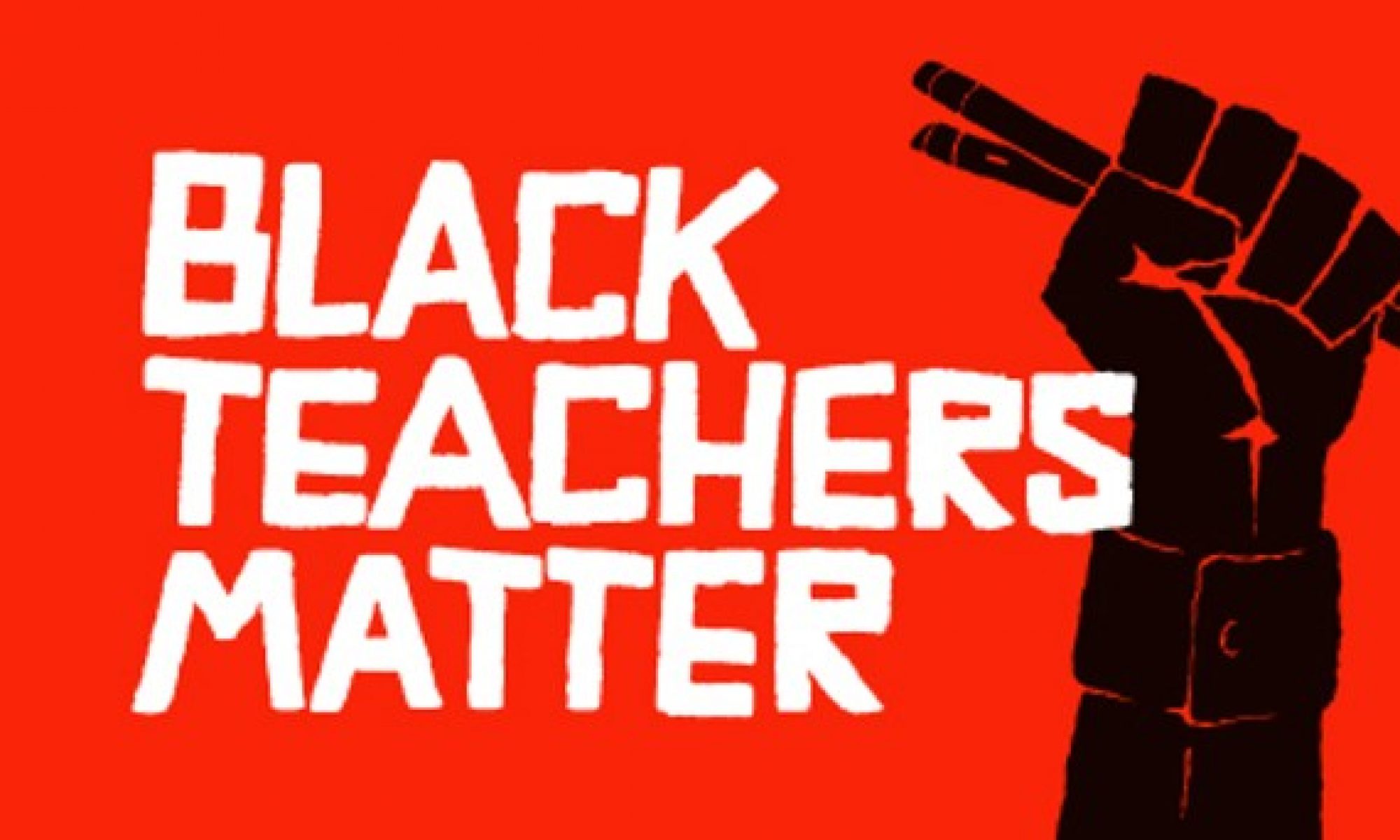As a reflection on Standard 1.B., I chose one of the first lessons I created as an ENL teacher. This lesson was a one-off, used in a 7th grade ELA integrated classroom. This artifact establishes my skill at understanding and applying knowledge of sociocultural, psychological, and political variables to facilitate the process of learning English, as well as recognizing the importance of ELLs’ L1s and language varieties and build on these skills as a foundation for learning English. While I have shown considerable improvement over the past two years in constructing rigorous, impactful lessons, I still consider this particular artifact to be a strong symbol of my passion for teaching ELLs.
In this lesson, students were to articulate the difference between a narrative and a summary, along with identifying modifiers and their placement within a sentence. Some of my ELL-specific modifications included strategic pairing, visual directions, and purposeful translation. The importance of these strategies, especially peer partnering, have been documented numerous times. One of the main reason why I enjoy employing this device is that it can be extremely motivating for ELLs (especially the higher-level ones) to work with native speakers. While I continue to use these modifications today, there are several changes that I would make to this lesson.
One significant change I would make is to include more discussion opportunities. Today, practically every one of my lessons include substantial amounts of ‘turn and talk’ and ‘think-pair-share’. ‘Think-pair-share’, in tandem with ‘think time’, is crucial for all students, but is of particular relevance to ELLs. By giving students time to access their prior knowledge and test their skills with a partner before sharing out with the whole class, ELLs can be more confident in their answers and increase their participation rate.
Another change I would make to this lesson would be to offer more teacher modeling. Through the Fellows program, the idea that teacher talk time should be limited to the point of non-existence has been drilled into my head. However, in the real world, my students enter my classroom grade-levels behind their peers. Before they can be free to become self-teachers, they need to understand what is expected of them. Teacher modeling offers ELLs a chance to both hear and see a process without interruption from their classmates. Likewise, hearing a text read aloud by the teacher improves students’ vocabulary and comprehension.


